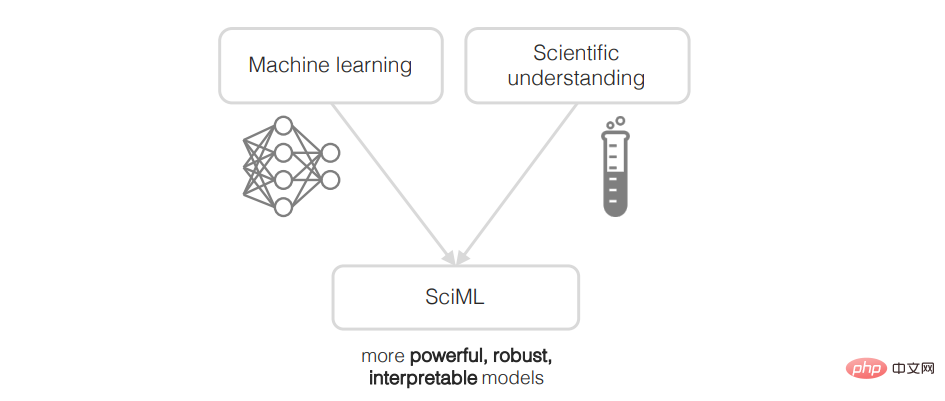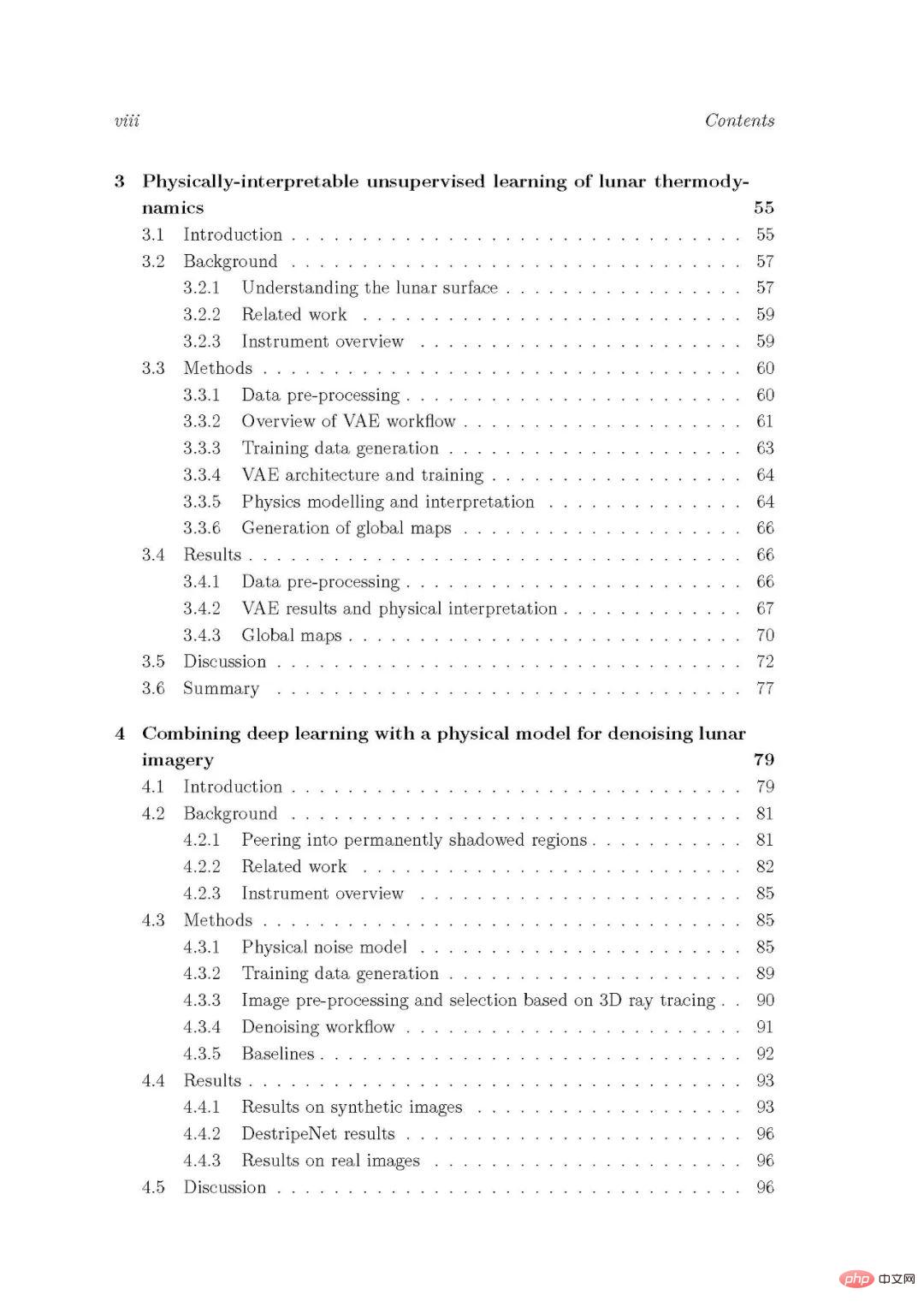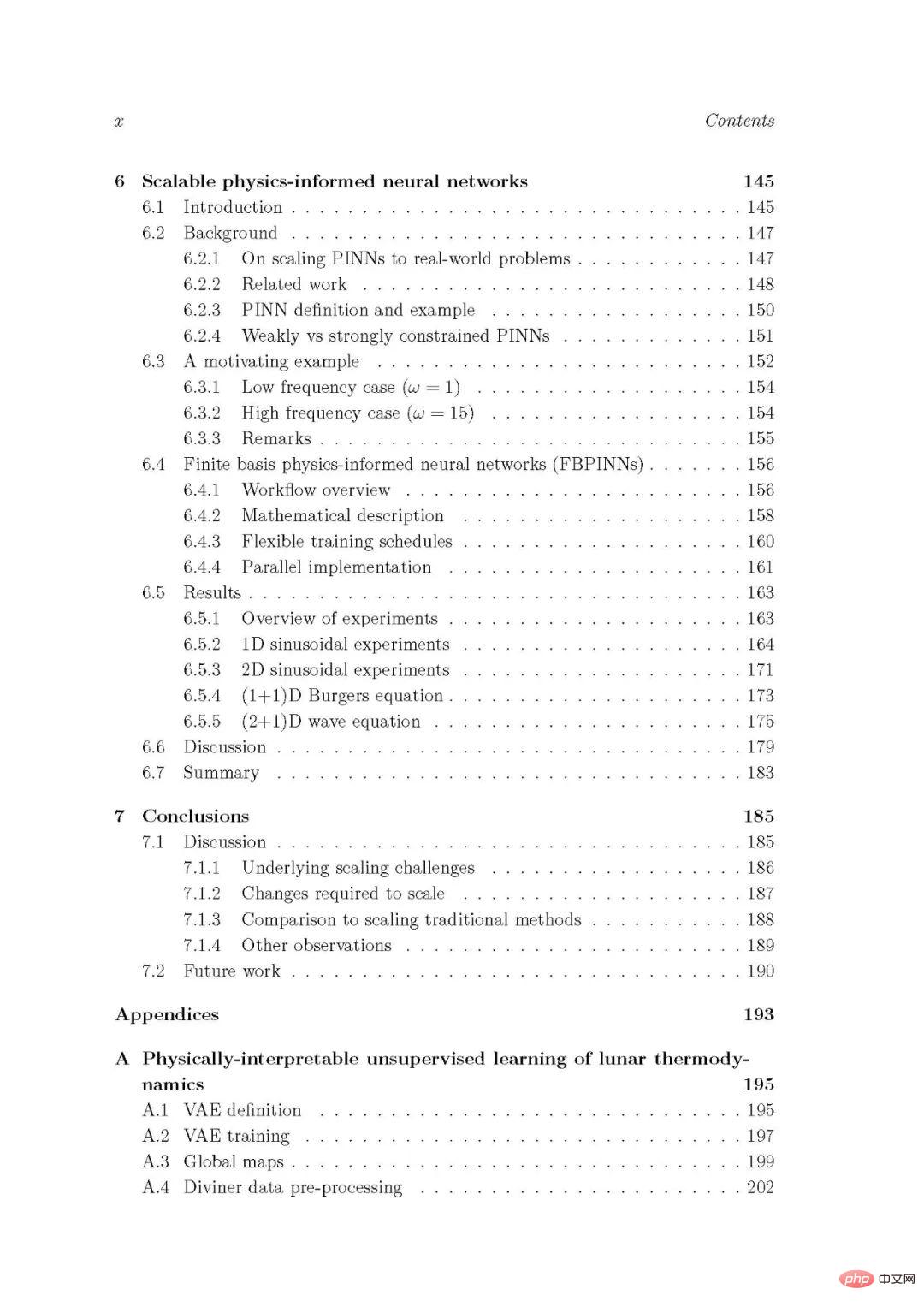
Machine learning (ML) has caused a fundamental shift in the way we practice science, with many now making learning from data a focus of their research. As the complexity of the scientific questions we want to study increases, and as the amount of data generated by today's scientific experiments increases, ML is helping to automate, accelerate, and enhance traditional workflows. At the forefront of this revolution is a field called Scientific Machine Learning (SciML). The central goal of SciML is to more closely integrate existing scientific understanding with ML, producing powerful ML algorithms that are informed by our prior knowledge.

Paper address: https://ora.ox.ac.uk/objects/uuid:b790477c-771f- 4926-99c6-d2f9d248cb23
There are a number of methods for incorporating scientific principles into ML, and expectations are growing that SciML will solve some of the biggest challenges in science. However, the field is booming and many questions still arise. A major question is whether SciML methods can be extended to more complex real-world problems. Much SciML research is in the proof-of-concept stage, where the technology is tested on reduced, simple problems. However, understanding their scalability to more complex problems is critical for their widespread application. This question is the central one of this article.
#First, a variety of different physics knowledge machines are designed for three complex, real-world, domain-specific case studies in lunar science and geophysics learning methods and evaluate their performance and scalability. Second, the scalability of physics-informed neural networks, a popular general-purpose SciML method, for solving differential equations with large regions and high-frequency solutions is evaluated and improved. Common observations from these studies are discussed and significant advantages and potential limitations are identified, highlighting the importance of designing scalable SciML techniques.
Machine learning (ML) has caused a revolution in the field of science. Traditionally, scientific research revolves around theory and experiment: one proposes a handcrafted and well-defined theory, then continuously refines it using experimental data, and analyzes it to make new predictions. But today, many people are making learning from data a focus of their research. Here, a model of the world is learned from data via ML algorithms, and existing theory is not needed. This shift occurs for a variety of reasons.
#First of all, the ML field has experienced exponential growth over the past decade, and the main driver behind this surge is often attributed to the breakthrough of deep learning. [Goodfellow et al., 2016]. Important discoveries such as the use of deeper network designs and better training algorithms, as well as the availability of more powerful computing architectures, have led to rapid improvements in the performance of deep learning techniques on a wide range of problems [Dally et al., 2021] . Modern ML algorithms are now capable of learning and solving incredibly complex tasks, from self-driving cars [Schwarting et al., 2018] to beating world-class Go players [Silver et al., 2018].
#With these advances, today’s scientific experiments generate more and more data and study increasingly complex phenomena [Baker et al., 2019 , Hey et al., 2020]. Analyzing and theorizing about all this data is quickly becoming impossible for humans and our traditional workflows, and soon scientific experiments may well be limited by their ability to extract insights from the data they already have, rather than what they can collect. What data [Baker et al., 2019]. Given the powerful tools ML can provide, many researchers are turning to ML to help automate, accelerate, and enhance traditional workflows. Over the past decade, the combination of new ML algorithms and data availability has led to some major scientific advances. For example, ML has been used to predict protein structures more accurately than ever before [Jumper et al., 2021], synthesize speech from neural activity [anummanchipalli et al., 2019], and improve simulations of quantum many-body systems [ Carleo and Troyer, 2017]. In fact, modern ML algorithms are now applied to almost every aspect of science, and one of the defining research questions of this era has become: "Solve problem X and apply ML to it", followed by Interesting and often exciting results.
However, despite these advances, various shortcomings of ML, especially deep learning algorithms, have materialized in the ML field. For example, despite their ability to learn highly complex phenomena, deep neural networks are often viewed as "black boxes" with a lack of understanding of how they represent and reason about the world. This uninterpretability is a critical issue, especially for safety-critical applications that require demonstration of network predictions [Gilpin et al., 2019, Castelvecchi, 2016]. Furthermore, there is little theoretical guidance on how to design deep learning algorithms suitable for specific tasks. The choice of deep neural network architecture is largely empirical, although the fields of meta-learning and neural architecture search are starting to provide more automated approaches [Elsken et al., 2019, Hospedales et al., 2021]. Finally, although deep neural networks are highly expressive, they are limited by the training data and often perform poorly outside the training distribution. Learning generalizable models of the world that perform well on new tasks is a key feature of more general artificial intelligence (AI) systems and a key outstanding challenge in the field of ML [Bengio et al., 2021].
Researchers begin to encounter these limitations when using ML in scientific problems [Ourmazd, 2020, Forde and Paganini, 2019]. Given the poor generalization capabilities of deep neural networks, a key question is whether they actually "learn" scientific principles. A good scientific theory is expected to make novel and accurate predictions outside of experimental data, but deep neural networks have difficulty making accurate predictions outside of training data. Even if a network can make reliable predictions, extracting any meaningful scientific insights from them can be challenging given their uninterpretability.
#Another major problem is that many current machine learning workflows completely replace traditional scientific models with learned models. While this can be useful, these purely data-driven methods "throw away" a large amount of our prior scientific knowledge.
#The important point is that for many problems there is an existing theory to build on rather than starting from scratch. In a field that has traditionally been based on a tight interplay between explicit theory and experiment, some argue that the above limitations make current ML methods unacceptable. These concerns have spurred the formation of a rapidly growing new field called Scientific Machine Learning (SciML) [Baker et al., 2019, Karniadakis et al., 2021, Willard et al., 2020, Cuomo et al., 2022, Arridge et al., 2019, Karpatne et al., 2017a]. The goal of SciML is to fuse existing scientific knowledge and ML to generate more nuanced ML algorithms that are informed by our prior knowledge, as shown in Figure 1.1. The key argument in this area is that by doing this we will ultimately achieve more robust methods for doing scientific research. Traditional methods and ML methods each have their own advantages and disadvantages, and a combination of the two may be more effective than either one. For example, when doing data assimilation (such as in climate models), traditional physical models can be used to provide prior knowledge, while ML can be used to account for data dependencies and other unknown physics.

Figure 1.1: Overview of Scientific Machine Learning (SciML). SciML aims to tightly integrate ML with scientific knowledge in order to generate more powerful, robust and interpretable ML methods for scientific research.
#Expectations in this field are growing rapidly, and a large number of methods and many innovative strategies are currently being proposed and studied to incorporate scientific knowledge into ML. These methods range from intended scientific tasks (such as simulation, inversion and governing equation discovery), to different ways to incorporate scientific principles (such as through the architecture of deep neural networks, their loss functions and the use of hybrid models), and scientific The extent to which principles are imposed (e.g., through hard or soft constraints). We will review these methods in detail in Chapter 2. Many methods use ideas from physics to inform their ML algorithms in a subfield of SciML called physically-informed machine learning (PIML) [Karniadakis et al., 2021].
So far, SciML has had some initial success. It helps us perform powerful simulations [Raissi al., 2019], discover the governing equations of complex physical systems [Kutz and Brunton, 2022], and accurately invert fundamental parameters in inversion problems [Arridge et al., 2019] , and seamlessly integrate traditional workflows with learned components across a wide range of domains [Rackauckas et al., 2020, Thuerey et al., 2021]. Despite early promise, the field of SciML is still in its infancy and many important questions arise, such as; how should we implement scientific principles? How should we balance the lack of interpretability of data-driven models with the clarity of existing theory? ?Is there an overarching SciML technology that can be applied across scientific disciplines? Can SciML provide new perspectives and ideas for the ML field? How scalable is SciML technology for complex real-world problems? This article mainly studies the last question, The specific discussion is as follows.
#In this paper, we mainly use two methods to study the above sub-problems. First, for the first three sub-problems, complex, real-life, domain-specific case studies are used to examine the performance and scalability of multiple different PIML methods. For each subproblem, we present a case study, propose a PIML technique (or various PIML techniques) to solve it, and evaluate how the technique can be extended to this setting. Second, for the last sub-problem, we focus on a single general-purpose PIML technology and evaluate and improve its scalability. The first three sub-problems are studied in separate chapters of this thesis (Chapter 3 ~ 5 respectively), and their case studies are all from the fields of lunar science and geophysics. The last sub-problem will be studied in Chapter 6. Finally, we discuss and summarize the implications of each chapter for our main research questions in Chapter 7.
Genealogy of SciML methods. This graph shows how “strong” the different types of SciML methods introduced in this chapter are for scientific knowledge. Note that the strength of a scientific constraint is a rather vague concept; in this diagram, we define it as how close a SciML approach is to a traditional workflow. Intermediate approaches also combine ML with certain aspects of traditional workflows, such as in looping methods that interweave traditional iterative solvers with ML models. Also, our assignment is somewhat subjective, so this number is just to express the general trend.



The above is the detailed content of How does ML make scientific discoveries? Oxford University's 268-page doctoral thesis details the connotation of scientific machine learning. For more information, please follow other related articles on the PHP Chinese website!




